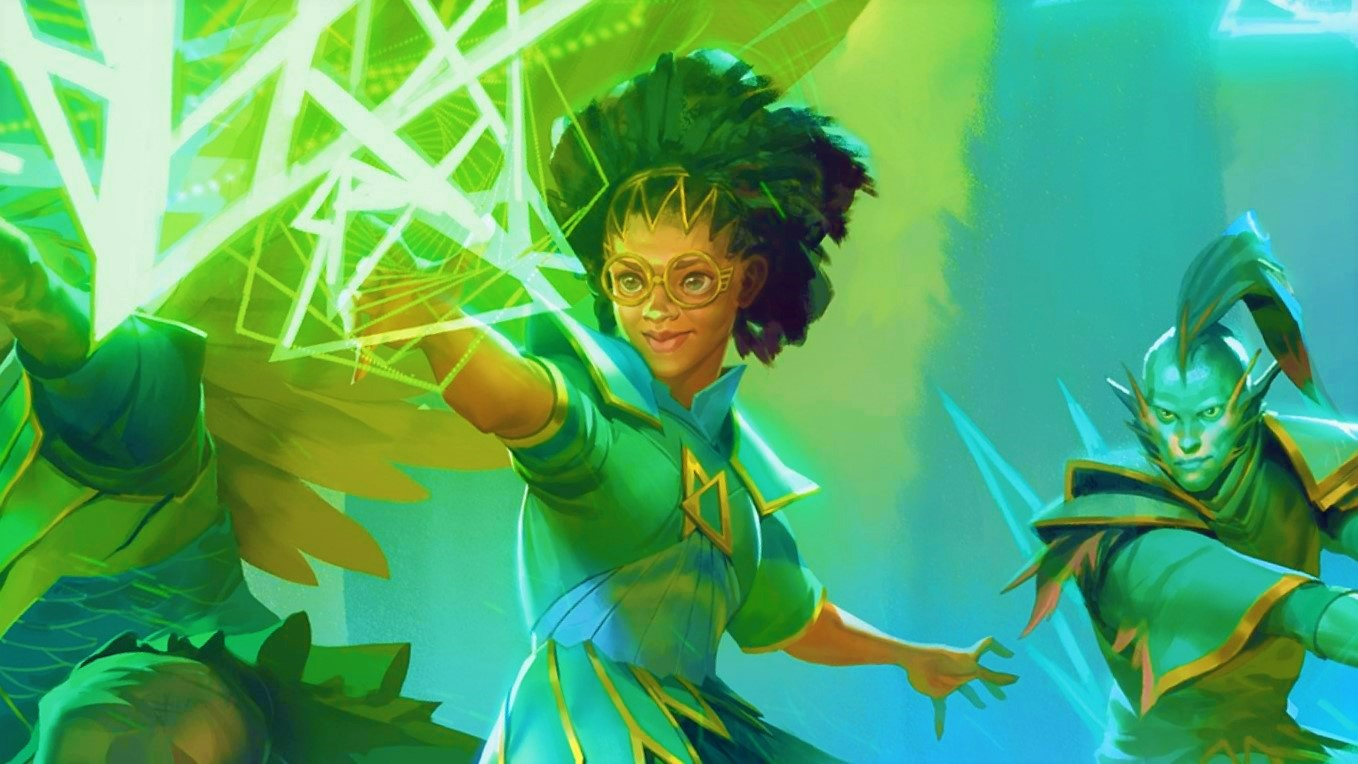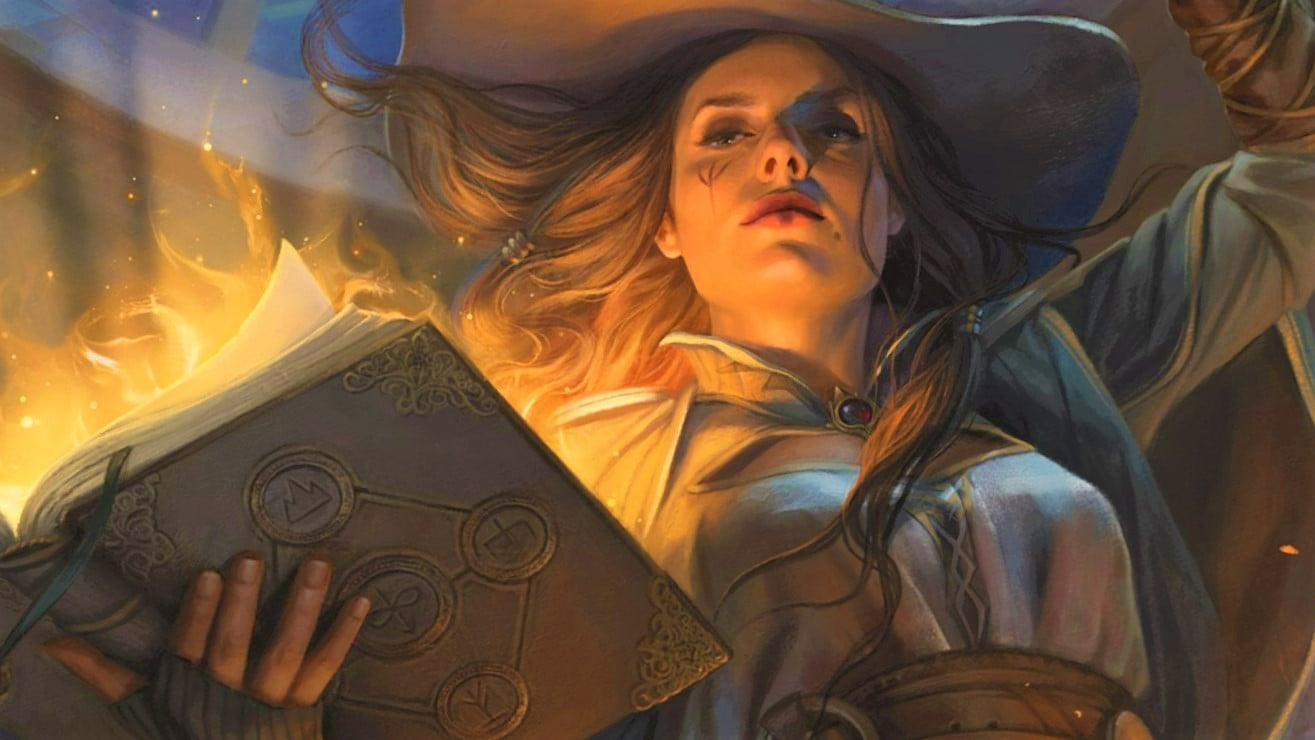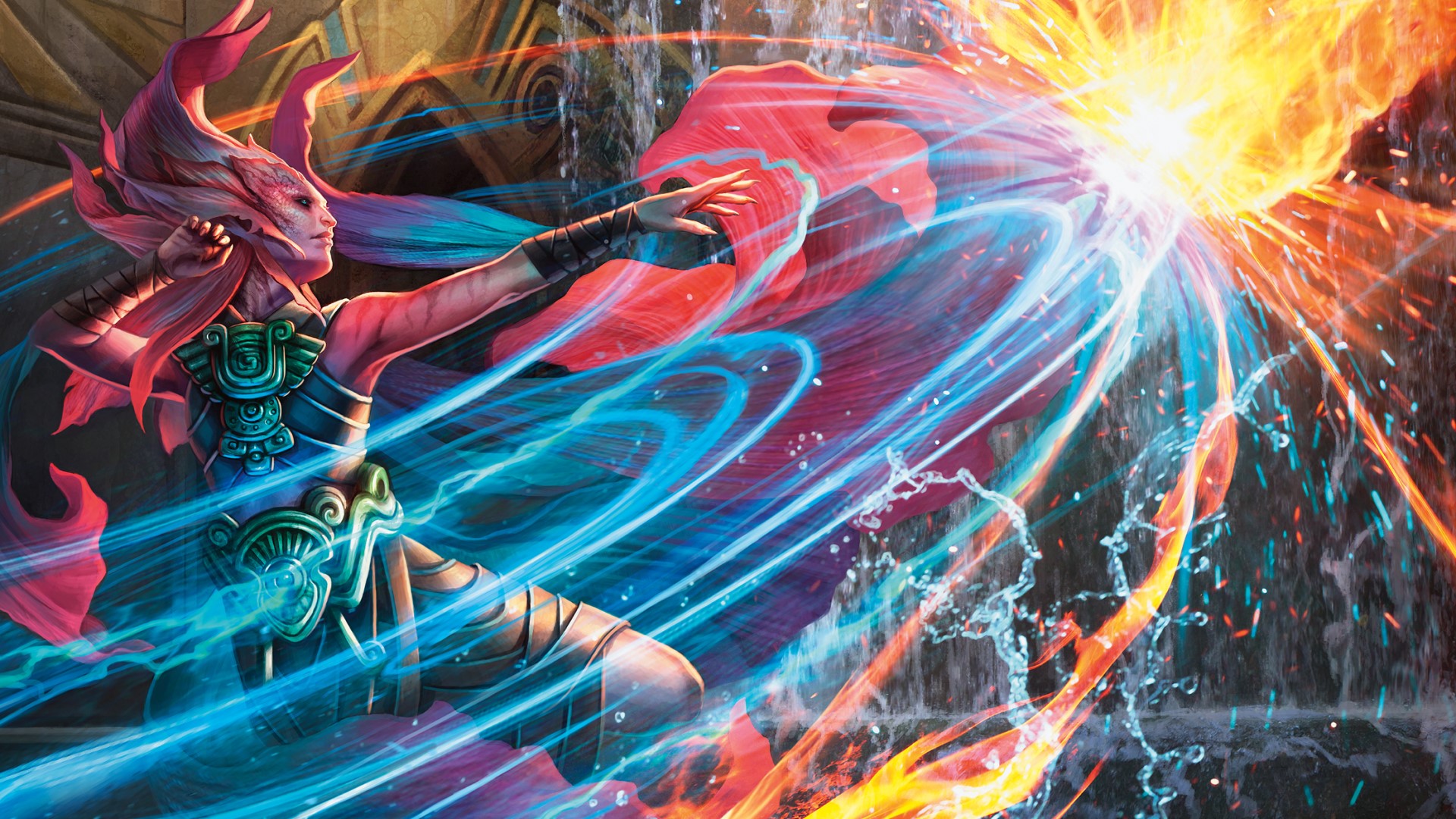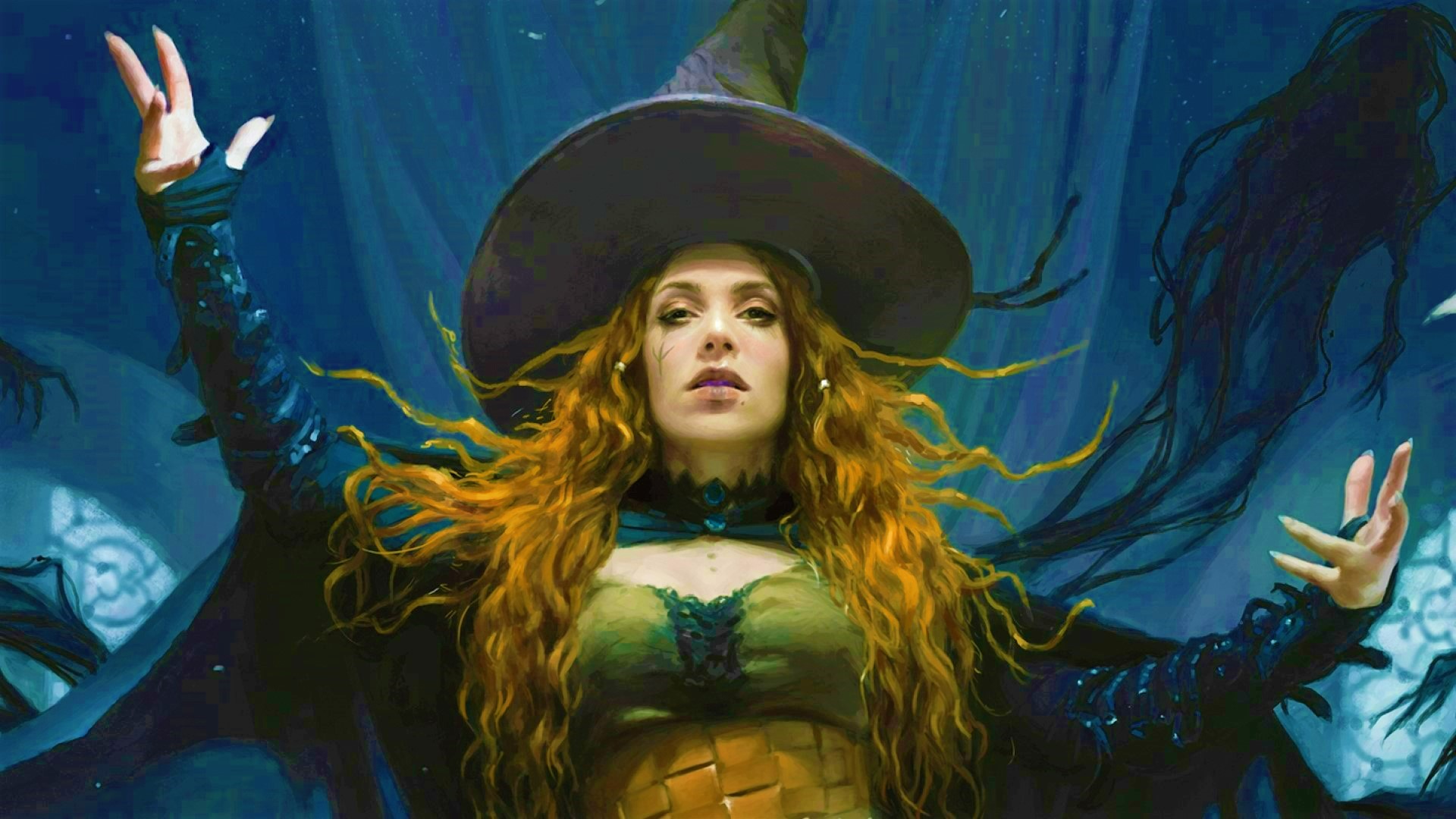Picture this: A D&D enemy is gearing up to cast a big old fireball spell and burn your party to ashes. What do you do? Well, if you’re able to cast counterspell 5e, you can just say no – you can tell them to stop being such a naughty NPC, and their fireball will fizzle out.
Well, that’s how it works in theory. It’s not uncommon to hear the words ‘counterspell’ and ‘broken’ in the same sentence. That’s because it is a powerful 5e spell, but understanding its rules is a surprisingly tall task. When you’re countering a counterspell that countered your original counterspell, it can all get a bit confusing.
For anyone that needs a little help casting counterspell 5e, this guide is here to help. We’ve laid out counterspell’s features, which of the DnD classes can cast it, and some ways you can make the most of its benefits. By the end, you’ll be countering with more skill than a pro Magic: The Gathering player – and more eagerly than a small child holding an Uno reverse card.
Here’s everything you need to know about DnD counterspell 5e:
- Counterspell 5e features
- How to cast counterspell 5e
- Who can cast counterspell 5e
- Pros and cons of counterspell 5e
Counterspell 5e features
| Level | Third |
| Casting time | One reaction |
| Duration | Instantaneous |
| Range / Area | 60ft |
| Attack / Save | None |
| School | Abjuration |
How to cast counterspell 5e
When you see a creature within range casting a spell, you can interrupt its spellcasting process by using counterspell as a reaction. The only component you need is a somatic one, so you just need to speak some suitably appropriate magic words. If the spell being cast was third level or lower, the spell fails and has no effect – though the spell slot that was being used to cast the spell is still spent.
If you’re able to use a spell slot higher than third level, you can choose to do so. Counterspell always automatically interrupts a spell as long as that spell’s level is less than or equal to the spell slot you used. Boom – a nice, easy negation.
Things get a little more dicey if the spell you’re attempting to counter is higher than your spell slot, though. In this instance, you must make an ability check using your spellcasting ability. The Difficulty Class (DC) that you need to beat is ten plus the spell’s level. If you succeed, the spell is countered – but it’s unaffected if you fail, and you’ve wasted your reaction and spell slot.
Who can cast counterspell 5e
Typically, you’d choose the Sorcerer, Warlock, or Wizard classes if you wanted access to counterspell. Wizards in particular are a great choice, as they can choose Abjuration as their Arcane Tradition at second level. Among other Abjuration-based advantages, this lets them add their proficiency bonus to counterspell once they reach level ten.
Sixth-level Wizards who practice war magic also gain power surges from successfully casting counterspell, and this allows them to store magical energy and deal extra damage with future 5e spells.
These also aren’t your only options when it comes to classes that can counterspell. A Bard that takes Magical Secrets at tenth level (or sixth for Lore Bards) can cast counterspell. Similarly, Eldritch Knight Fighters can learn counterspell at level 13, while Arcane Trickster Rogues can learn counterspell once they reach 14th level.
A Paladin is also a suitable choice, as there are two different Oaths that allow you to learn counterspell. Oath of Redemption and Oath of the Watchers Paladins can both cast counterspell as an Oath Spell once they reach ninth level.
Pros and cons of counterspell 5e
We don’t need to tell you how much of a game-changer cancelling an enemy’s spell can be in D&D. The fact that counterspell can be learned relatively early and by quite a few different members of your party adds to its potency. Beware, however – because plenty of NPCs can use counterspell too, they also reap the rewards of this spell in battle.
While each individual player or NPC only gets one reaction per round, there’s no limit to how many times counterspell can be cast by different individuals. This is both good and bad. The bad news is that an enemy party can’t just counterspell your regular spells – they can also counterspell your counterspells. The good news is that someone else in your party can counterspell that counterspell right back.
Now onto the major downside of counterspell. The fact is, how much info you have on enemy spells is totally up to your DM. Your DM may very generously announce that an NPC is about to cast a spell, and they may openly tell you what level that spell is. In this case, you can assess whether you’ve got a spell slot for counterspell that’ll automatically halt the enemy’s plans.
However, your DM may instead keep this rather meta information from you. You may only notice an enemy spellcaster once they start chanting and waving their hands – and even then, you’ve no idea what level spell you’re trying to counter. Some DMs might agree you can identify a spell you know how to cast, but that leaves plenty you still don’t know the level for.
You might roll an Arcana check to determine the spell, but the usefulness of this also depends on the DM. The DM may rule that the Arcana check uses up your only reaction, and it’ll then be up to someone else in the party to counterspell. And even if your DM allows you to Arcana check and cast counterspell as a reaction, what happens if you fail the check? You’re still in the dark.
The best strategy, in this case, is often to use the lowest spell slot you have to cast counterspell. After all, a sixth-level spell slot is no more likely to succeed than a third-level spell slot if your enemy is casting an eighth-level spell. When information is limited, this is an unfortunate gamble you’ll need to make.





